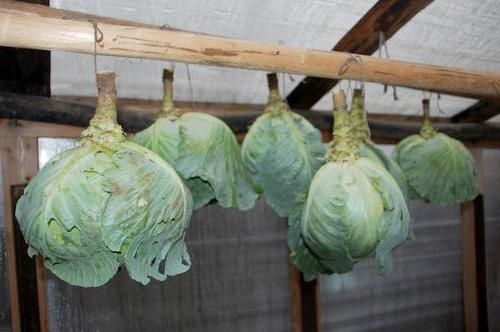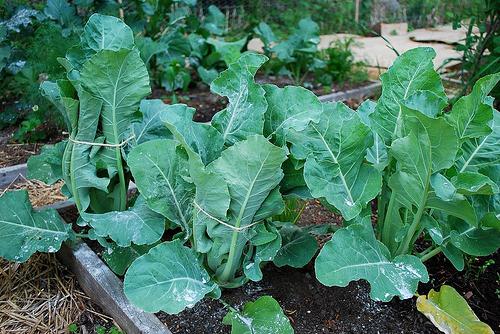Cabbage "Moscow Late": description and characteristics of the variety
Gardeners and gardeners love late varietieswhite cabbage. They are well kept, do not require complex maintenance, are ideal for fermentation. Cabbage "late Moscow" was bred in the All-Union Research Institute of Selection by the method of family and individual selection from the Moscow variety "Pyshkinskaya". The variety was sorted in 1943.
This culture belongs to late-ripening varieties. It is distinguished by high yield, excellent marketable appearance and pleasant taste. It is these characteristics that made this variety a priority for gardeners in the Moscow region and the central part of Russia.

Cabbage "Moscow's Late": description
This variety is acid resistant, unpretentious to soils and leaving. The plant has many advantages that make it popular for growing on garden plots.
Kochan
This variety has a large leaf outlet. Its size reaches 110 cm. Rounded or oval-shaped leaves, wrinkled, gray-green in color. They have a weak wax coating. The edges of the leaves are smooth, slightly wavy, with long petioles. Habits coarse and sparse. Heads are very dense, large, juicy, flat-rounded or round in shape. Their average weight is from 4 to 6 kilograms, but often reaches 15 kilograms.
In the context of cabbage, "Moscow's late" is painted in a yellow-white color. The inner stump has an average or short length, the outer stalk is high (about 30 cm).
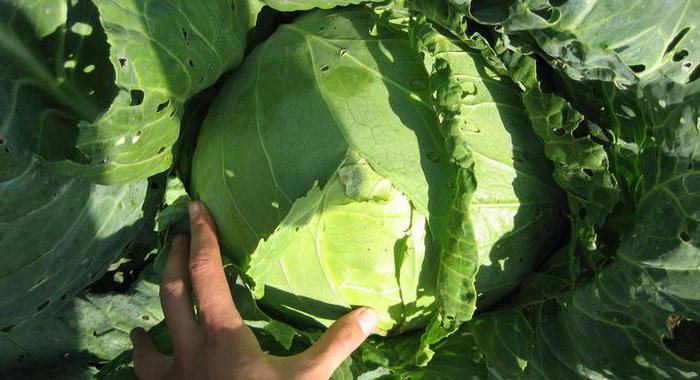
The yield of the variety is more than tenkilograms from one square meter, or about nine hundred centners per hectare. Cabbage "Moscow's late" is a moisture-loving plant. Especially it needs abundant watering in the early autumn.
It is characterized by resistance to pests and defeat of whitetail, cracking of heads.
Advantages of the variety
- High content of sugars and ascorbic acid.
- Yield, excellent commodity and taste qualities.
- Suitable for pickling, canning, fresh consumption, long-term storage.
disadvantages
According to vegetable growers, the main disadvantage of the varietyis a high external stump, because of which large heads fall on their sides. To prevent this from happening, cabbage should be highly planted or supports used.
Peculiarities of growing
Cabbage "Moscow's late" is grown by twomethods - from seedlings or sowing seeds in the ground. Today from late-ripening varieties one of the most popular is cabbage "late Moscow". Characteristics of the variety allows to sow it from the tenth of April. The average time for growing seedlings is about 35 days. In addition, this variety can be planted in the soil on the ridges (under the film coating) in the last decade of April.

Before sowing, cabbage seeds must beprepare. The quality of the crop depends on this. Dry seeds should be placed in hot (+50 ° C) water for a quarter of an hour, then for one minute in a cold one. After that, they must be immersed in a solution of microelements for twelve hours. Then they are washed under running water and placed in a refrigerator for 24 hours. After all the manipulations, the seeds are dried so that they do not stick to your hands, and plant them.
Growing seedlings of "Moscow late" cabbage, you should fulfill the following requirements:
- You can use the planting in the planting pots to remove the weakest plants from the seedlings, or use the picking method;
- For a given cabbage variety, planting cells measuring 8 x 8 cm are needed, which are the optimal area for feeding seedlings;
- so that the seedlings are not too stretched to the height andgrew as strong as possible, on sunny days it is necessary to withstand the temperature from +15 to +17 ° C, on gloomy cloudy days - not above +15 ° C. At night, the temperature should not exceed +10 ° C;
- cabbage - the plant is cold-resistant, the seeds of this vegetable culture sprout at a rather low temperature (+3 ... + 5 ° С). A ripe head is able to withstand freezing to -5 ° C.
Cabbage "Moscow's late" prefersopen areas, with well-fertilized, fertile soil of a weakly acidic or neutral reaction. The distance between plants when planting should be at least 60 cm, and the aisles - at least 70 cm.
Care
Care for cabbage of this class is standard. It involves regular copious irrigation and a single (for the season) application of complex fertilizers. Good, quality seedlings are strong, have a powerful root system and at least six leaves.
Plant seedlings in the open ground about a month and a half after seeding.

Watering
Cabbage "late in Moscow" likes moisture, butespecially abundant watering it is necessary in arid periods. Watering is carried out in the evening, under the root. Before full ripening of fruits, they are reduced so that the heads do not crack from excess moisture.
Additional fertilizing
First time saplings are fed in twentyone day after planting. The next - in twelve and twenty-four days respectively. It is recommended to use diluted bird droppings or slurry. The plant reacts well to mulching with compost or humus.
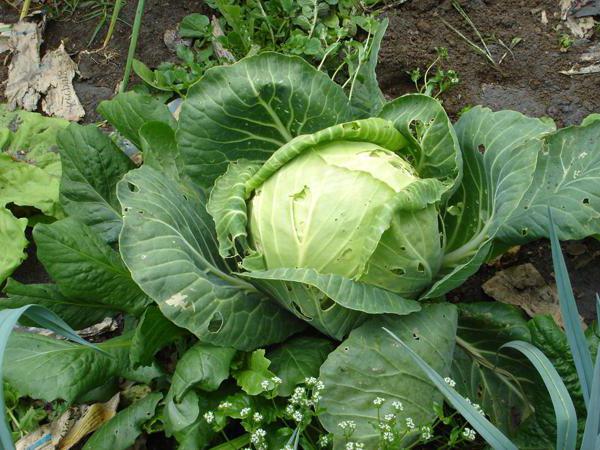
Particular attention should be paid to combating weedsplants. Cabbage ridges should be regularly cleaned of them, and after rains and watering, shallow loosening is required, as well as hilling this vegetable culture.
Pests and diseases
Often during the growing season, the plant is affectedcruciferous fleas, cabbage scoop, whiting, cabbage fly, slugs, etc. Cruciferae blooms affect young plants and shoots, cabbage fly, whiting and scoop are dangerous for adult plants. To protect against pests and diseases apply modern drugs - insectofungicides. Many gardeners prefer using time-tested folk methods, including dolomite flour, wood ash, infusions and decoctions of tomato leaves, wormwood, onions, garlic.
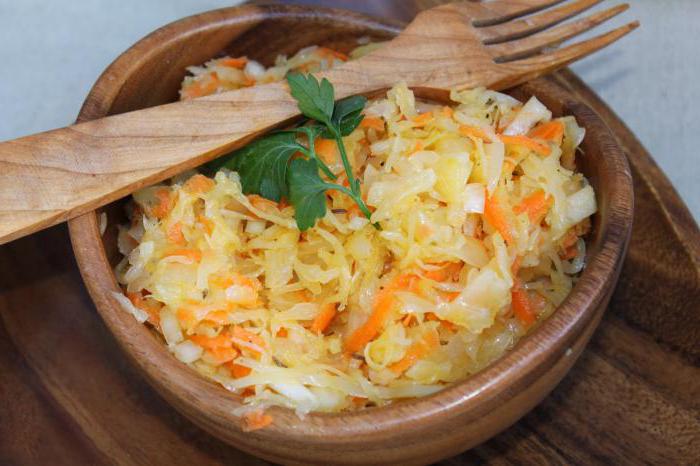
Cabbage "Moscow's late": reviews of gardeners
According to experienced vegetable growers, this is one of the bestlate-ripening varieties of white cabbage. It is ideal for fermentation. In addition, gardeners believe that the "late Moscow" cabbage variety is well preserved for a long time (during the winter period), and the excellent taste and remarkable quality of these dense heads are only given positive feedback and the highest marks.
</ p>
